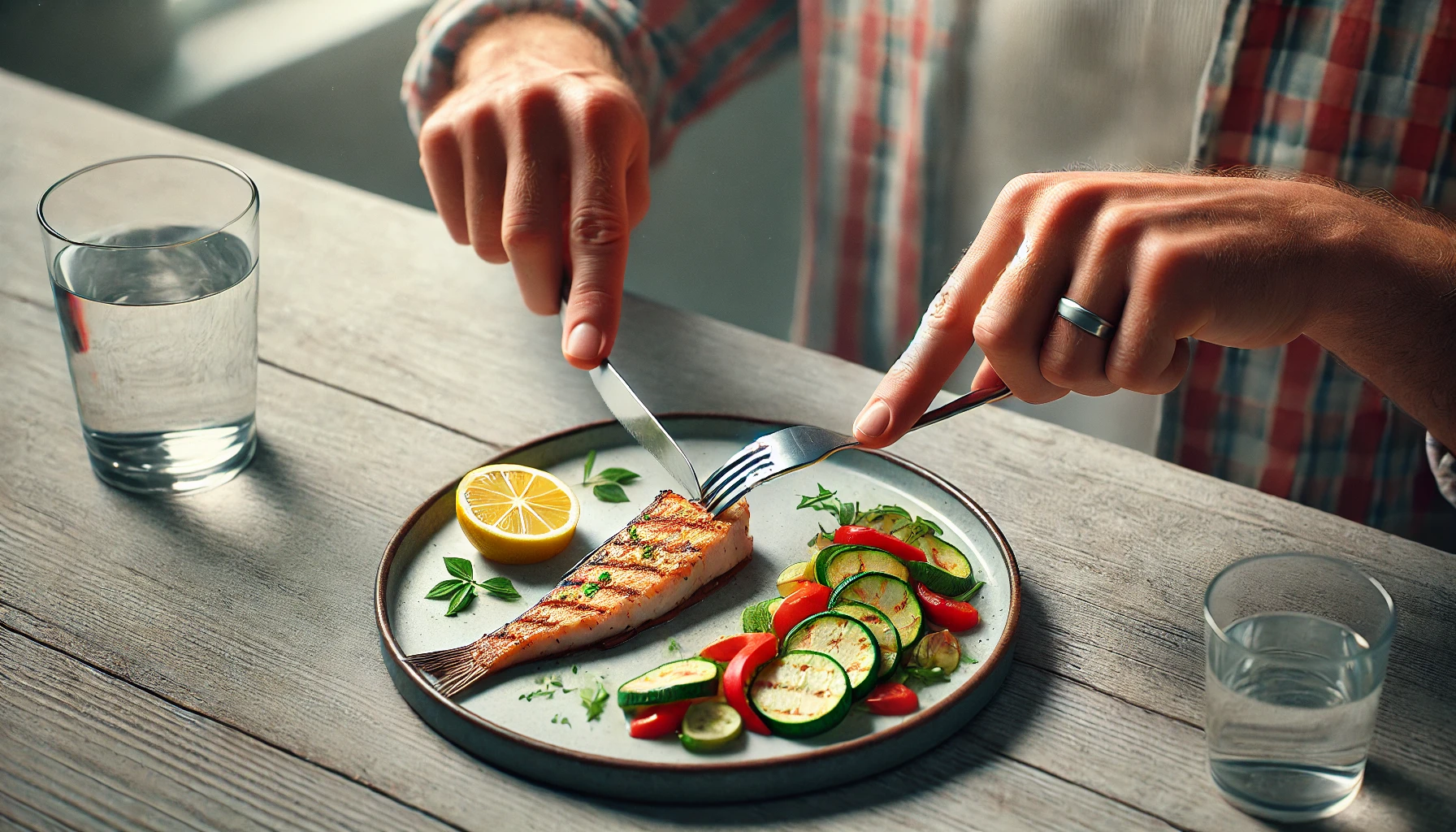The gout diet: A comprehensive guide
Check out this answer from Consensus:
Diet plays a pivotal role in the management and prevention of gout. A holistic approach that includes a low-purine diet, reduction of alcohol and fructose intake, and the adoption of healthy dietary patterns like the Mediterranean and DASH diets can help manage uric acid levels and reduce gout flares. Additionally, weight management is essential for improving gout outcomes. By understanding the role of nutritional factors in gout development, patients can make informed dietary choices to manage their condition effectively.
Gout is a common inflammatory arthritis characterized by elevated levels of uric acid in the blood, leading to the formation of urate crystals in joints. This condition is often influenced by dietary habits, making diet management a crucial aspect of gout treatment and prevention. This article explores the dietary recommendations for gout patients, focusing on the types of foods to include and avoid, and the impact of various dietary patterns on gout and its comorbidities.
Understanding Gout and Diet
Mechanisms and Management
Gout is associated with the abnormal metabolism of uric acid, and diet plays a significant role in this process. Certain foods can increase uric acid levels, while others can help reduce them. A comprehensive review of the mechanisms and management of gout highlights the importance of understanding the role of nutritional factors in gout development. Dietary modifications can help manage gout by reducing nutritional risk factors, supplementing beneficial nutrients, and combining dietary changes with medication to decrease the frequency of gout flares1.
Dietary Interventions and Cardiovascular Risk
Gout is not only linked to hyperuricemia but also to an increased risk of cardiovascular disease. A systematic review of dietary interventions for gout found that calorie restriction, purine-low diets, and Mediterranean-style diets can significantly affect serum uric acid levels and gout flares. However, the impact on cardiovascular risk factors remains inconclusive, suggesting the need for further investigation into diets like the Mediterranean and DASH (Dietary Approaches to Stop Hypertension) diets for comprehensive gout management2.
Key Dietary Recommendations
Low-Purine Diet
Traditionally, gout patients are advised to follow a low-purine diet to avoid purine-loading, which can lead to increased uric acid levels. However, this approach may inadvertently increase the consumption of unhealthy carbohydrates and fats, contributing to metabolic syndrome. Therefore, it is essential to balance purine intake with overall nutritional quality4.
Alcohol and Fructose Reduction
Alcohol, particularly beer, is a significant contributor to increased uric acid levels. Studies have shown that gout patients often consume more alcohol than non-gout individuals, with beer being the most popular beverage. Reducing alcohol intake, especially beer, can help manage uric acid levels and reduce gout flares7. Additionally, reducing fructose intake is recommended, as high fructose consumption is linked to increased uric acid production3.
Mediterranean and DASH Diets
The Mediterranean and DASH diets are well-established for their cardiometabolic health benefits and have shown promise in managing gout. These diets emphasize the consumption of fruits, vegetables, whole grains, nuts, and legumes, while limiting red and processed meats, sugary drinks, and high-sodium foods. Studies have found that these dietary patterns can lower serum uric acid levels and reduce the risk of gout5 6 8.
Weight Management
Weight loss is a crucial strategy for managing gout, particularly for overweight and obese patients. Evidence suggests that weight loss can significantly reduce serum uric acid levels and improve gout outcomes. However, the quality of evidence is moderate to low, indicating the need for more rigorous studies to confirm these findings3.
